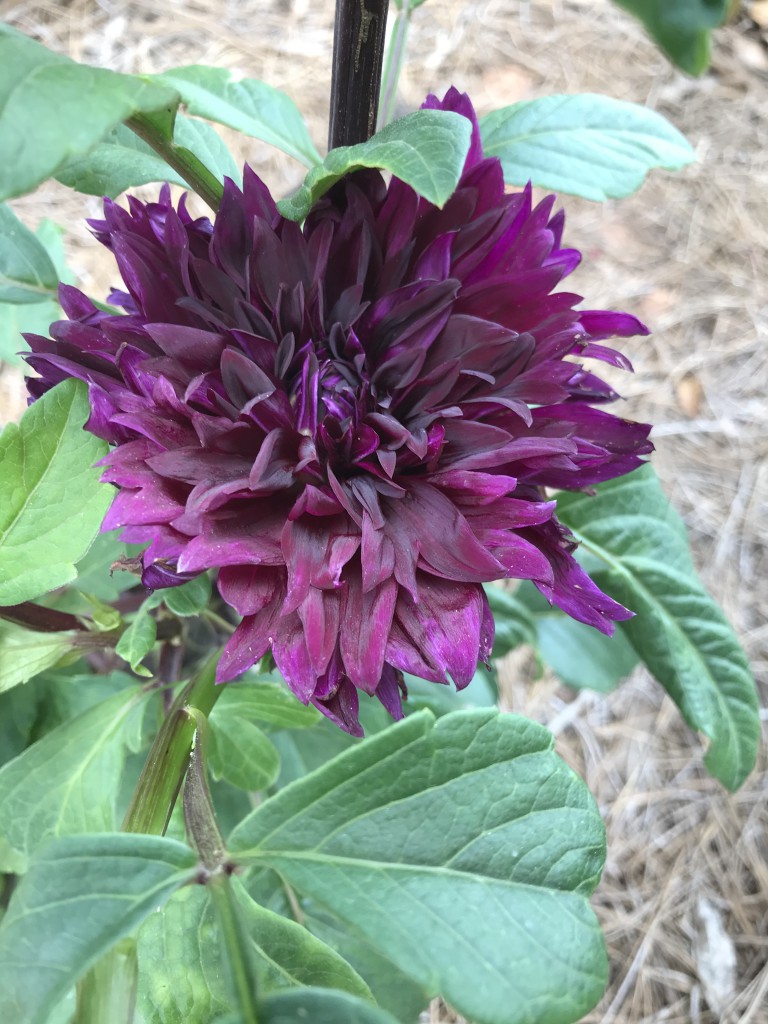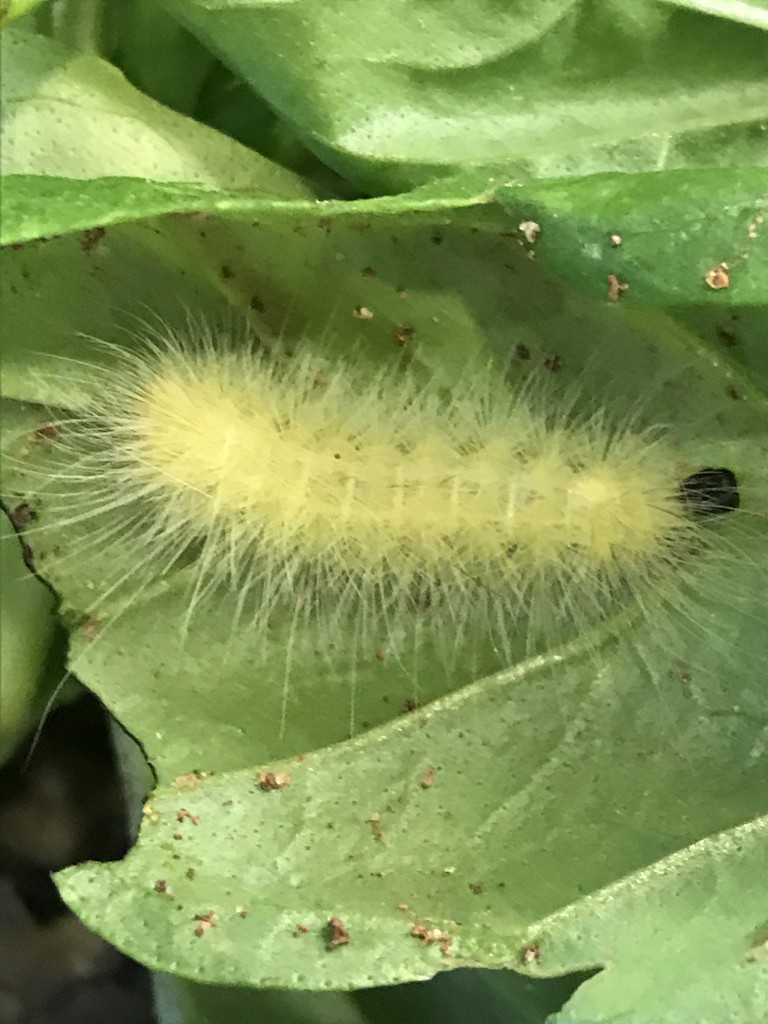
From Bodie Pennisi, Extension Horticulture Specialist
The summer sunshine, heat, and humidity have been working on annuals and perennials in the garden. By now, they may be looking the best they have all season or even starting to fade. Here are a few tips for tending annuals and perennials in the garden during August:
- Deadhead any spent blooms to make way for more.
- Fertilize any warm-season annuals to encourage continued vigor and bloom. Slow-release fertilizers with 3-month formulas that were applied in spring are most likely spent and may need an additional application. Liquid fertilizer applications can be applied following label directions every other week.
- Cut back any spent foliage from bulbs or other perennials. If daylily foliage is brown, dried, and shriveled, it can be clipped back to ground level without harm to the plant.
- Continue to monitor for presence of insect pests or disease. Many insect issues can be resolved without pesticides if spotted early.

Photos courtesy of Dr. Sheri Dorn, UGA Horticulture
Keep an eye out for the presence of beneficial insects. What may appear initially as a pest consuming foliage may actually be the larvae of butterflies or moths! Avoid applications of broad-spectrum insecticides that will harm pollinators and other beneficial insects.
- Think ahead for the fall! You may want to refresh annuals in planters, containers, and beds. Cool-season annuals, such as pansies, snapdragons, and dusty miller, will soon appear in stores. Remember that these need cooler temperatures, so don’t purchase too early!
- Scout your landscape now to identify locations that could benefit from flowering bulbs. It will soon be time for bulbs to become available for purchase.